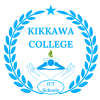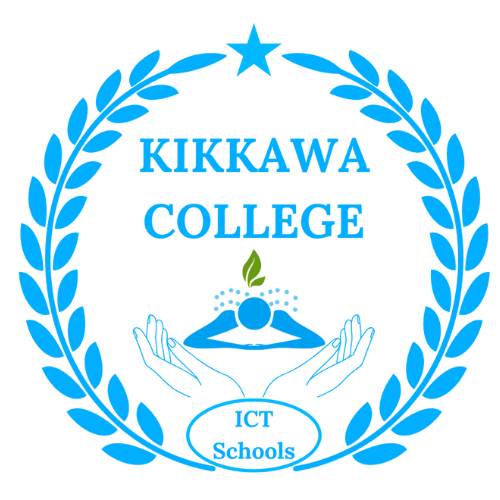Clinical Massage Science – Introduction
Massage therapy isn’t just about technique—it’s about understanding the body’s complex systems and how they respond to manual treatment. In Canada’s regulated healthcare landscape, a deep knowledge of anatomy and physiology is essential for every Registered Massage Therapist (RMT). At ICT Schools, the Massage Therapy Diploma integrates clinical science into every part of the curriculum, preparing students to treat not just symptoms, but root causes.
Why Anatomy and Physiology Matter
A therapist without a strong anatomical foundation risk missing key red flags, over-treating injuries, or delivering ineffective care. The Massage Therapy Diploma begins with in-depth training in:
- Musculoskeletal Anatomy: Learning every muscle’s origin, insertion, action, and innervation
- Skeletal Landmarks: Identifying bony structures that guide safe and effective treatment
- Nervous System Pathways: Understanding pain referrals, nerve compression syndromes, and stroke warning signs
- Cardiovascular and Lymphatic Systems: Ensuring safety when working with clients with heart conditions or swelling disorders
Students not only memorize anatomy but learn to palpate, assess, and work with these structures in real clients.
Applied Science in Every Treatment
ICT’s program bridges textbook learning with hands-on treatment. Students apply their knowledge to:
- Design personalized treatment plans based on structural analysis
- Use orthopedic testing to assess conditions like carpal tunnel syndrome or herniated discs
- Modify treatments for clients with systemic conditions like diabetes, hypertension, or fibromyalgia
- Support post-surgical rehab based on tissue healing timelines and stages of inflammation
This science-first approach empowers graduates to work safely and effectively in medical settings.
Lab-Based Learning and Clinical Integration
In addition to lectures, students participate in labs where they:
- Dissect cadaver images and virtual models for deep anatomical insight
- Trace nerve pathways to diagnose conditions like sciatica
- Practice special tests for joint mobility and neurological function
- Observe how stress affects different body systems—bridging mental health and physiology
Clinical placements reinforce this learning through supervised treatments and patient case reviews.
Career-Ready Science Knowledge
Graduates with a strong foundation in anatomy and physiology are highly sought after in:
- Sports and rehabilitation clinics
- Multidisciplinary medical centers
- Chronic pain management programs
- Specialized practices (prenatal, geriatric, palliative care)
This knowledge also sets a strong foundation for future certifications in orthopedic massage, craniosacral therapy, or clinical hydrotherapy.
Conclusion
A Massage Therapy Diploma from ICT Schools offers more than hands-on skills—it delivers the scientific understanding needed to be a trusted healthcare professional. If you’re passionate about the human body and helping people heal from the inside out, this program combines knowledge and care into a powerful career path.






